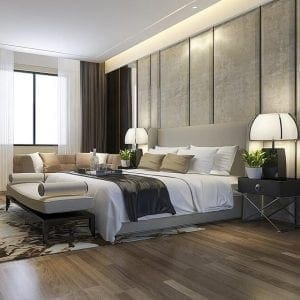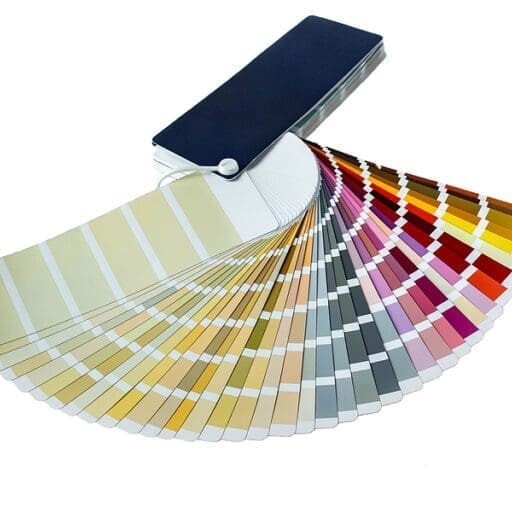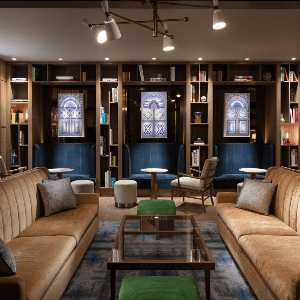 It is no secret that interior design is amidst the most central aspects of a hotel’s appeal. However, many hotel developers do not look enough beyond the aesthetic aspect of interior design, missing another facet that is just as important: functionality.
It is no secret that interior design is amidst the most central aspects of a hotel’s appeal. However, many hotel developers do not look enough beyond the aesthetic aspect of interior design, missing another facet that is just as important: functionality.
Smart, innovative interior design not only pleases the eye and makes for a great guest experience, it also improves your hotel operations efficiency, driving up the profitability in your bottom line.
In exemplary hotels, plenty of innovative design solutions can be found not only in the front of house but also in the back of house. You will encounter smart design in physical spaces and objects such as furniture, but also in staff’s equipment and in intangibles such as light fixtures. Hotel owners, developers and managers have the “power” to influence an infinite amount of details to improve hotel operations and, as a result, augment profitability. In the following lines, I will share with you three ways to embrace that power.
1. Consider operational efficiency early on in your design process
Design functionality can be improved in many areas of a running operation. However, some crucial aspects of functional design must be considered early on during the planning phase.
Take the case of housekeeping: the less time a housekeeper requires to get a guest room spotless clean, the more efficient the whole department is going to be. Consider a large hotel and the effect of scale multiplies. Thus, smart interior design should consider the ease of cleaning. Yet, especially in bathrooms, we still find wall finishes such as narrow stone slabs, that make it extremely hard and time consuming for housekeepers to clean. Also, hard water drying in the shower leaves a trace of white chalk on surfaces. The more porous the surface, the harder it is to clean. Smoother and rounder the surfaces would have made it easier for housekeeping to clean efficiently.
Another example with direct impact on the bottom line is textiles. Many hotels feature curtains, bed throws and cushions made of delicate fabrics that require dry cleaning and create soaring costs of washing. If you chose elegant yet washable fabrics, you can have them washed in house or externally at a fraction of the cost.
Once the room is built and furnished, there is little an efficient housekeeper can improve to save time. Once all the textiles are bought, it will be costly to have them all replaced. During the design and procurement phase however, developers have the opportunity to optimize everything from the choice of materials to the shape of built in and loose furnishings. Don’t miss that opportunity.
2. Make staff satisfaction a primary goal in your design and procurement strategy
We all know: Happy employees will make your clients happy too. We also know: Working conditions in hospitality operations are strenuous by nature. That’s why it is important to invest into equipment that that makes your staff’s life easier. Even small design considerations can have a great impact and will show them that you care.
Take waiters for example: They walk miles every day, carrying a lot of weight throughout their shifts. By reducing the net weight of services trays, you immediately improve their working conditions significantly. Switch from a traditional silver tray to a slick carbon tray and literally take several kilos off their shoulders.
Another example: If you have a large outdoor space in a continental climate, make sure to plan in advance for storage space to store all the terrace cushions during the wet seasons. A terrace for 80 persons will easily require 10m3 of storage. If not planned for, the cushions will end up cramping already scarce back of the house areas.
A smart design of a restaurant and all of its equipment should first be designed for employees, and not only for guests. Naturally, this brings challenges with which most hotel developers are not familiar: How many service stations do you need vs. how many guest tables? Where do you position them to not be in the way but still be within efficient reach? How much cutlery should be stored? Where do the dinner candles go during lunch time? Many design questions require the insight of an operational expert before operations are even running. Thus, hire an external expert to get important inputs already during your planning phase – or even to have your running operations analyzed.
3. Improve your guests experience with design that goes beyond aesthetics
Undoubtedly, aesthetic interior design is imperative, but it is by no means everything that makes a great guest experience. There are many factors, that go beyond the eye. Take seating comfort for example: Not all beautiful chairs are equally comfortable. Before ordering a full set of chairs for your restaurant, test-sit the chair in combination with the table to ensure the right distance between the table top and the seating height. Also, choose a table top that is not only beautiful but also long lasting, ergonomic and with a good grip for the client.
Another example: Have you ever been in a restaurant and thought that something didn’t feel right but you couldn’t put a finger on it? Let me tell you: it’s the lighting. Good lighting is a science. Make sure to have a professional lighting designer, who works his magic – for both day and night scenes, if you have a restaurant that operates at lunch and at dinner time.
In summary
Consider functionality from the beginning of your design process, think of your dear staff and try to provide a guest experience beyond aesthetics. The examples I shared with you are only a few and if you keep putting yourself into other stakeholders’ shoes, the number of innovative solutions you can come up with is infinite. And if you don’t find the right product on the market, have it made. There are always people that are passionate about developing solutions for you – or finding them with you.
About the author


















